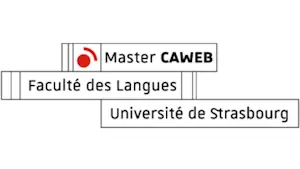Challenges and difficulties of video game localization
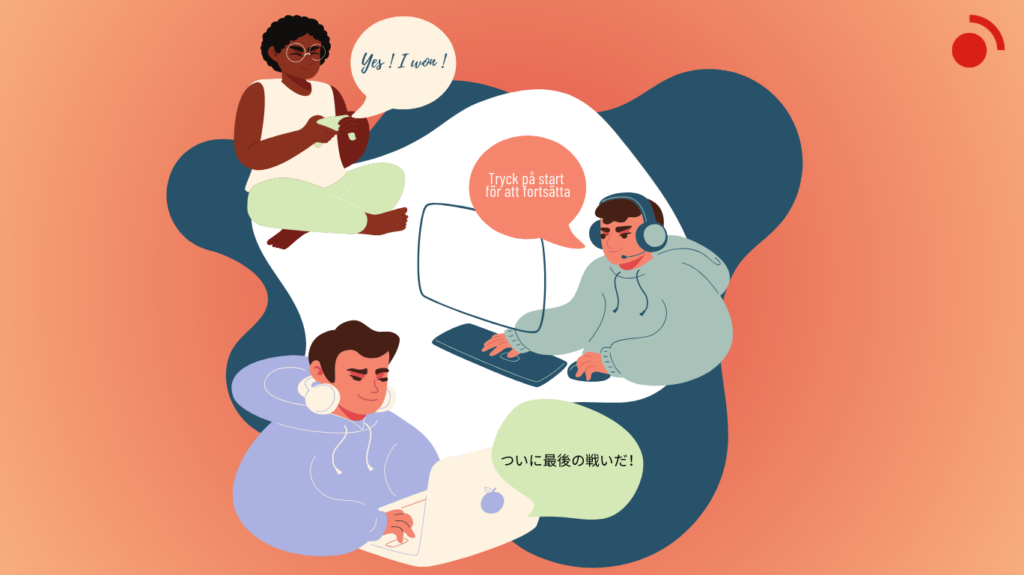
What is localization?
Localization involves the process of linguistically and culturally adapting a product to suit a targeted country or region. Localization is used in various fields; eLearning localization is a notable example. However, our primary focus here will be on movies and video game localization.
Are localization and translation the same?
Not exactly. While it might seem similar initially, localization requires creativity, imagination, and cultural adaptation. Adapting dialogues, items, character names and quest descriptions is time-consuming and demands a good amount of imagination, while still preserving the intended message. MMORPG provide one of the best examples of this.
Let’s consider World of Warcraft. Certain names in the game hold a significant meaning: Jaina Proudmoore and Frostmourne are good examples. The former is the character’s name and conveys information about her personality. In French, Proud translates to “fier” and Moore refers to “amarré”, leading to the French version “Portvaillant”. As for the latter, it is a reference to the Lich King’s blade. Frost translates to “gel”, while “mourne” implies “pleurer” or “être en deuil”, resulting in the French version “Deuillegivre”.
Is video game localization challenging?
Absolutely! Not only do you need to demonstrate creativity to respect the essence of the product, but you also have to respect the screen size restrictions. Finding suitable alternatives is an essential part of the localization process.
Let’s consider another example from World of Warcraft: one of the cities you can visit is called “Undercity”. In the French version, translators decided to use “Fossoyeuse”, which did not retain the original meaning.
However, sometimes translators might also add meaning. In League of Legends, one of the characters is called “Lee Sin”. Developers created a “skin” for him (an alternate appearance for a character). The skin was named “Pool party Lee Sin” in English. In French, they created a pun by translating it as “Lee Pi-Sin”.
To localize, it is important to understand the underlying narrative and message of the product. This is a challenging but essential step.
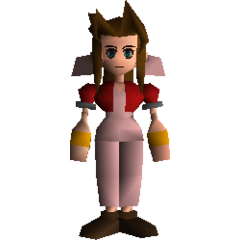
Aerith’s name before localization
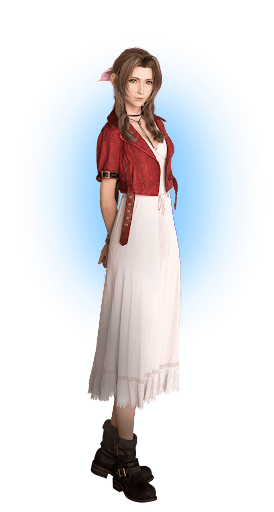
Aerith’s name after localization
Let’s talk about a bad example of localization: Final Fantasy VII. Have you ever heard of Aerith? In Japanese, her name is spelled as “Earisu”, which means “listen”. In the game, she has a deep affinity for flowers and can almost “hear” them. The character was created with the ability to sense the planet’s life force.
Without any context, translators used the name “Aeris” to keep the /s/ sound and remain as close as possible to the Japanese phonetics. Later, they changed it into “Aerith”, which is a near-perfect anagram of “Earth” and lends a deeper meaning to the name: Aerith hears the Earth suffering, which better fits the storyline.
We have mentioned some of the meanings of the terms, but there’s another important step in the localization process: culturalization.
Culturalization and adaptation of visuals
Culturalization is a part of localization. It allows the market to better understand the content and ensures that none of its elements are considered offensive by the population of a given country. Designed for children, Pokémon cards required a few changes to make them more suitable for the European market.
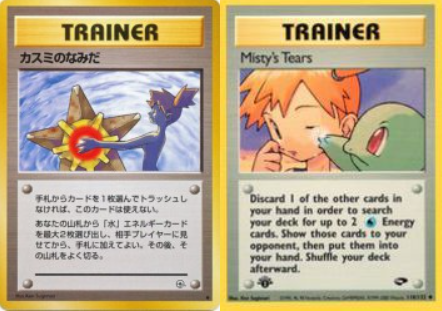
Here is an example. In the original version, the character is nude. The European version was modified make it more “child-friendly”.
In China, Winnie the Pooh was excluded from Kingdom Hearts due to comparisons with President Xi Jinping.
It was also in China that all skulls were removed from the World of Warcraft game.
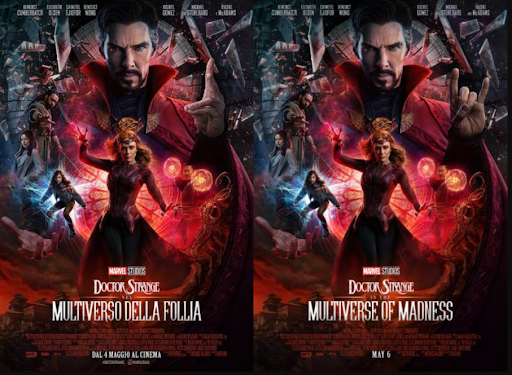
Similar instances are also found in movies. Recently, the poster for Doctor Strange was censored for the Italian audience. More specifically, the “rock on” gesture is recognised as an offensive way to imply that someone is being deceived.
Conclusion
Localization for digital products (video game localization and movies localization) began in the 1990s as partial translations. Nowadays, content, pictures, cultural references, etc. are all examined with the aim of adapting them to the country in which the product will be sold. Although there are tools available to assist with game translation, localization is still a considerable amount of work. To give you an idea, World of Warcraft has more than 12 billion words! That’s 12 times the word count of The Lord of the Rings. If 10 translators were to work on it every day, it would take them over a year to translate the game!
Article written by Marie-Eve Morel




